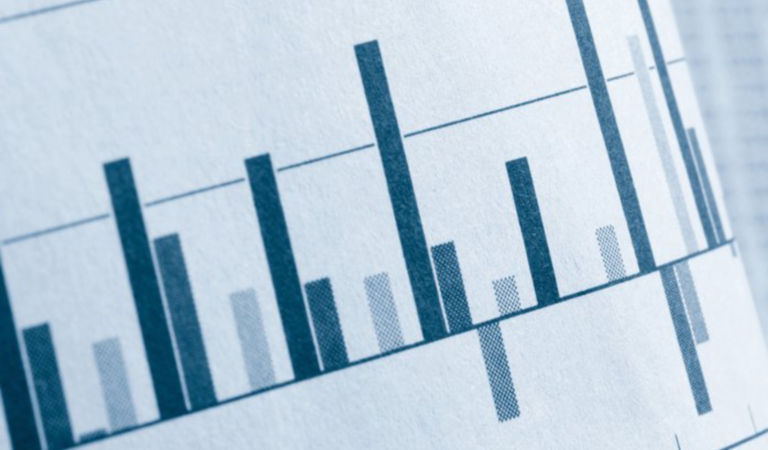US
US equities (+8.1%) finished sharply higher in a volatile month. The S&P 500 Index staged a spectacular rally after falling to a multiyear low on October 10 against a backdrop of high inflation, surging borrowing costs, and uncertainty about corporate earnings. Futures markets signaled the belief that the US Federal Reserve (Fed) would begin to scale back its aggressive pace of interest-rate hikes in December, although persistently high inflation increased the risk that the Fed could raise rates to a higher terminal level and keep them elevated for longer than investors anticipate. Value stocks significantly outperformed their growth counterparts after some of the largest technology companies reported disappointing earnings and weaker forecasts for the fourth quarter. US consumer inflation, excluding volatile food and energy prices, rose to a 40-year high in September; elevated shelter costs drove the core Consumer Price Index up 6.6% year over year, keeping the Fed on track to lift interest rates by 75 basis points (bps) in November. Third-quarter GDP grew at a larger-than-expected 2.6% annual rate thanks to higher exports and a shrinking trade deficit, but consumer spending — the main engine of the economy — grew at a slower pace compared to the second quarter. At the end of October, 52% of companies in the S&P 500 Index had reported third-quarter earnings. The blended year-over-year earnings growth rate of the index was 2.2%, well below the 10-year average of 8.8% and the lowest since the third quarter of 2020. The forward 12-month price-to-earnings ratio stood at 16.3.
Economic data released in October indicated softer momentum in the US economy. Despite aggressive rate hikes, employers continued to hire at a solid, albeit more moderate pace. In September, nonfarm payrolls grew by 263,000, while the unemployment rate dipped to 3.5%, partly due to a decline in the labor force. Wages rose at a slightly slower pace, with average hourly earnings decelerating to 5.0% year over year, from 5.2% in August. Companies remained hesitant to lay off workers amid tight labor supplies, keeping initial jobless claims in October near historic lows. A strong labor market and robust wage gains aided consumer spending; inflation-adjusted spending on goods and services rose at a stronger-than-expected 0.3% monthly pace in September. Following an upwardly revised gain of 0.4% in August, retail sales were unchanged in September as consumers cut back on purchases of big-ticket items. High inflation and surging interest rates strained consumer confidence. The Conference Board’s Consumer Confidence Index fell 5.3 points in October to 102.5, well below forecasts of 105.9, driven by weaker perceptions of current economic conditions. Mortgage rates soared to a 20-year high, battering the housing market. New-home construction along with pending, new-, and existing-home sales fell in September. In October, US home-builder sentiment declined for the 10th straight month, hitting its lowest level since the onset of the pandemic.
The manufacturing sector stagnated in October as the Institute of Supply Management (ISM) Manufacturing Index dipped to 50.2 —the lowest level since the second quarter of 2020. Measures of demand weakened, although inflation pressures eased amid declining raw materials prices and improving supplier delivery times. Solid growth in business activity and new orders underpinned a healthy services sector expansion in September, with the ISM Services Index ending the month at 56.7. Services employment advanced to the highest level in six months, while a fifth consecutive decline in prices paid continued to highlight moderating cost pressures. A separate preliminary survey from S&P Global signaled an accelerating decline in services sector output in October. The National Federation of Independent Business’s Small Business Optimism Index rose slightly to 92.1 in September following an outsized improvement in August, although the index is still depressed.
All 11 sectors in the S&P 500 Index (+8.1%) posted positive results. Energy (+25.0%) was the top-performing sector as the price of oil rose. Financials (+12.0%) was another notable outperformer, driven by banks (+13.5%). Health care (+9.7%) rose on strength across industries, particularly pharmaceuticals (+9.3%), health care providers & services (+11.3%), and biotechnology (+14.3%). Communication services (+0.1%) was the worst-performing sector, led lower by interactive media & services (-7.4%). Consumer discretionary (+0.2%) also underperformed, weighed down by automobiles (-10.2%).






























Monthly Market Review — November 2025
Continue readingBy